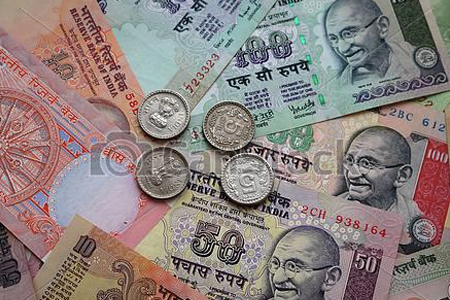As awareness about climate change increases has sparked the move away from gas and diesel powered vehicles and a move towards electric vehicles (EVs).
By USINPAC India-US Relations Blog
According to the World Bank’s updated data for 2017, India is now the sixth largest economy in the world standing at $2.597 trillion at the end of last year…



